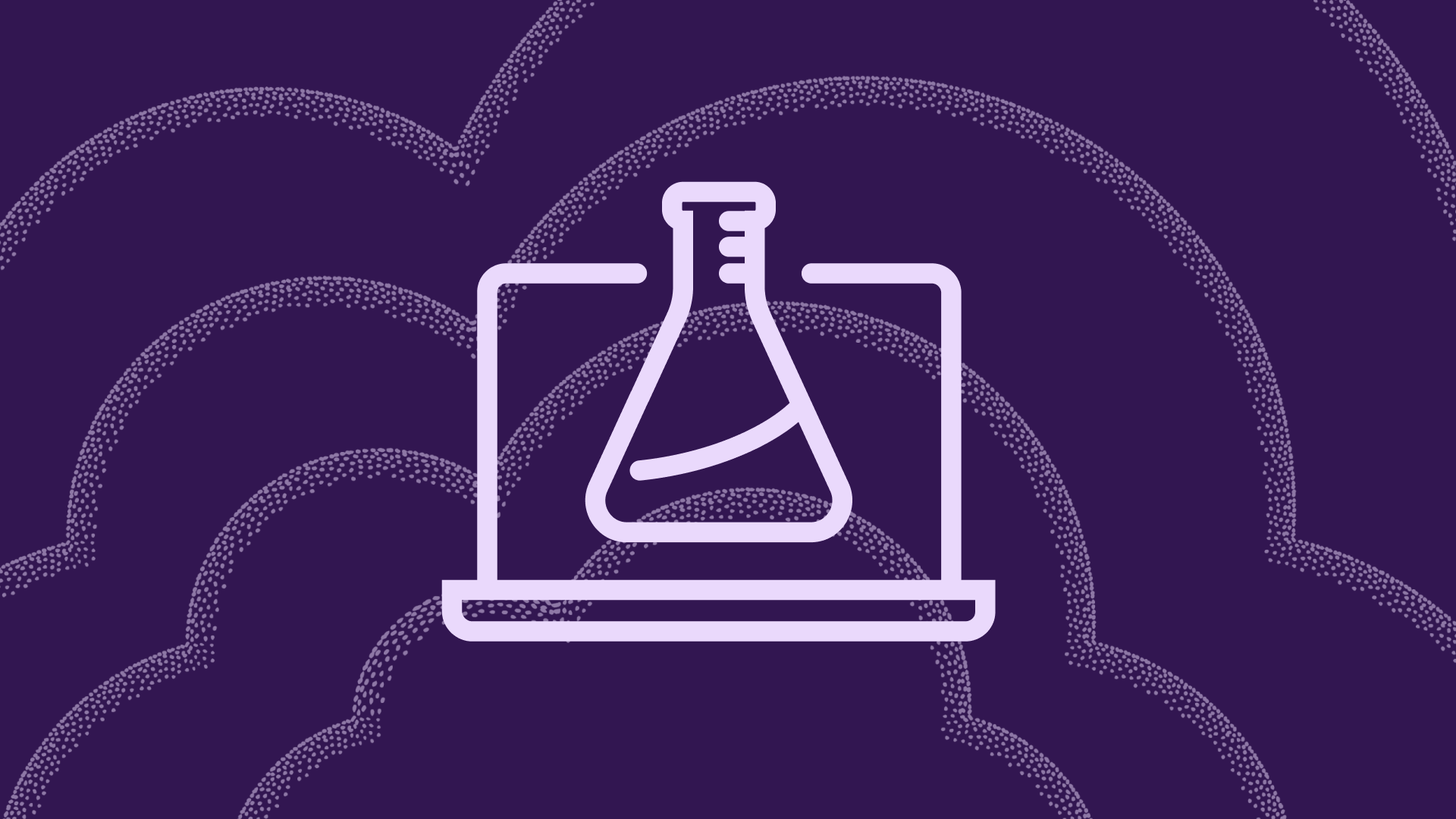It’s time for tech and biotech to unite — here’s why

When a treatment exists for a life-threatening disease, biomanufacturing challenges shouldn’t be the sole factor preventing a person from receiving it.
But today’s reality is exactly that: many patients lack access to everything from the flu to cancer. For example, take CAR-T therapy for multiple myeloma — in a 2022 study, 25% of patients died waiting for a slot to get therapy because of the median 7-month wait time, during which cancer progresses. The long wait times happen because manufacturing for CAR-T therapy is bespoke; it can’t be made in batches. But if record keeping changed from the manual, tedious process it is today, to electronic, so that it’s easily shared to the manufacturing stakeholders like hospital, the shippers, and the drugmakers, CAR-T cells could be made 40% faster.
It’s clear we need to figure out how to scale the biomanufacturing process. That’s where technology comes in. Biotech is solving some of the most important problems of today. Shouldn’t cutting edge technology fuel our efforts toward these solutions?
As written in GEN by Ashu Singhal, cofounder and president at Benchling, “The power of the tech industry is in its ability to make complex systems simple, accessible, and scalable. There is no better challenge for tech to meet than modernizing biotech and biomanufacturing infrastructure.”
It’s time for tech and biotech to unite. Here are three areas where every biotechnology or biomanufacturing company should implement technology to build the infrastructure for modern science.
1. Bring tech transfer online to improve efficiency
When a company wants to bring a new drug to market, tech transfer — the process of handing over a recipe for producing a drug, including process, equipment, materials, and more — can take months. Often, tech transfer involves gathering notes on papers, spreadsheets, and notebooks together and sometimes even sharing it over the phone.
It can add as much as 18 to 24 months to time to market, and it leaves newly approved therapies waiting in a queue for production. The result is a painfully inefficient process for manufacturers and regulators. But the real loss is experienced by patients, when they don’t receive existing care that could save or improve their lives.
At its core, tech transfer is a data challenge — a challenge that’s been solved before in many industries. By centralizing data to be accessible from a digital repository, companies can reduce tech transfer time significantly. Many innovative biotechs are starting to address this problem already. Some companies are fully digitizing their processes and connecting R&D to manufacturing in a single platform. Others are building automation into some parts of their processes to speed up the time between steps and ultimately release therapies faster.
2. Recruit the best in tech to biotech
For leading tech talent, seeing a company with a large quantity of data has historically been a critical indicator of a job with the most interesting technical challenges to solve. For many years, engineers and data scientists flocked to roles at companies like Google or social media platforms like Meta, where ads and user interactions generate tons of data that can indicate trends about anything from human behavior to the economy.
In recent years, R&D has seen an explosion of data. Data exists in petabytes. Scientists are doing far more than the science they study — their roles are now often deeply data-driven and computational.
According to Ashu, “...biology has arguably the most interesting data and software challenges of this century. Biotech is an industry that’s working to cure disease, combat climate change, and eliminate hunger.” By hiring top tech talent to labs, biotech companies can unlock efficiencies that let scientists capture, manage, and engage with data to accelerate discovery.
3. Strengthen cybersecurity architecture to prevent risk
Advanced actors regularly attack biopharma companies. In 2021, 98% of pharma companies experienced at least one intrusion or security incident. Why has the industry become such a target?
For one, the mass amounts of data these companies generate make them a worthwhile cause to attack. But they’re also lacking modern security practices that could prevent some of these intrusions.
Biopharma companies often rely on legacy tools and on-premises technologies — firewalls are sometimes the only defense in place. What’s at stake is tremendous: the obvious threat is a stolen IP address, which for biotech can be seen as the business’s most valuable asset. But the complications can be less obvious and bleed further, causing slowdowns and complications that continue to hinder time to market. By investing in technology that can power automation, analytics, tooling, and threat intelligence, biopharma companies can limit risks that cause setbacks in their time to market.
Technology can fuel the biotech revolution
President Joe Biden’s September 2022 executive order says it all: “For biotechnology and biomanufacturing to help us achieve our societal goals, the United States needs to invest in foundational scientific capabilities.” By uniting tech and biotech, the industry can overcome bottlenecks and bring modern discoveries to the people who need it.
2023 Biotech Digital Transformation Assessment
See how your digitization efforts stack up compared to leading biotech companies.
Powering breakthroughs for over 1,300 biotechnology companies, from startups to Fortune 500s


